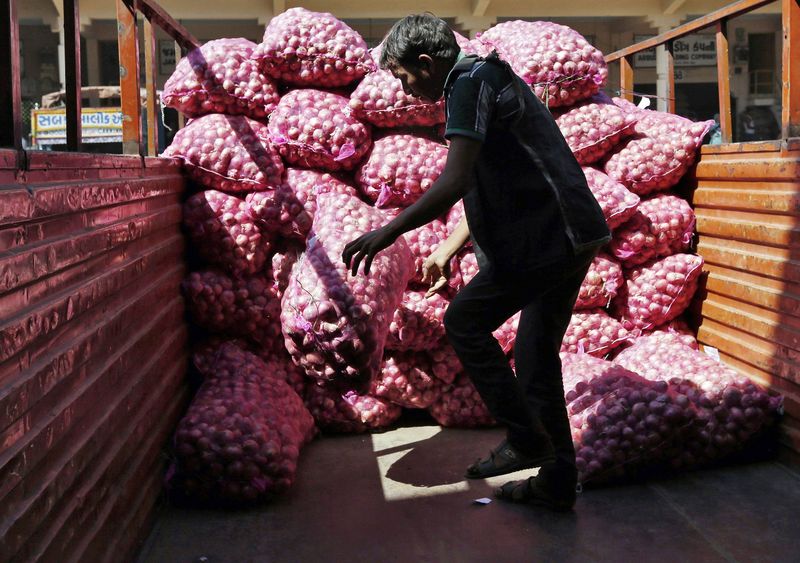Fubotv earnings beat by $0.10, revenue topped estimates
By Ambar Warrick
Investing.com-- Indian wholesale inflation fell more than expected in September, data showed on Friday, helped chiefly by falling fuel and food costs as headwinds from global commodity markets eased.
The wholesale price index, which is India's gauge of producer prices, fell to 10.70% in September, below expectations of 11.50% and last month’s reading of 12.41%.
But the reading remained in double-digit territory for an 18th consecutive month, keeping the door open for more interest rate hikes by the Reserve Bank this year.
The central bank last month raised interest rates by 50 basis points, its fifth consecutive hike this year, as it moves to curb runaway inflation in the country.
Fuel price inflation retreated slightly in the month, as oil markets marked their worst month in over two years in September. Food costs also fell further from annual highs.
But cost pressures persisted at the retail level. Rising fuel and food prices saw India’s consumer price index grow more than expected in September, heralding increased pressure on the Indian economy.
A deep devaluation of the rupee, which hit a record low last week, has also ramped up cost pressures in the country, as imports became more expensive. This has hit fuel-reliant sectors particularly hard, given that India imports about 80% of its crude oil requirements.
The rupee showed little reaction to Friday's inflation reading, trading down 0.3% at near-record lows of over 82 against the dollar.
The Reserve Bank of India slightly trimmed its economic growth forecast for fiscal 2023, citing continued pressure from higher prices. The central bank has also stressed its foreign exchange reserves by intervening in currency markets to support the rupee.
But the central bank faces an uphill battle in supporting the rupee, given that rising U.S. interest rates have battered most emerging market currencies this year. A worsening global economic outlook is also expected to keep risk appetite for the rupee muted.
Still, India is expected to fare far better than most major economies this year, with the International Monetary Fund forecasting economic growth of 6.1% this year, far more than the world’s four largest economies.
The RBI expects the economy to grow around 7% in fiscal 2023.
